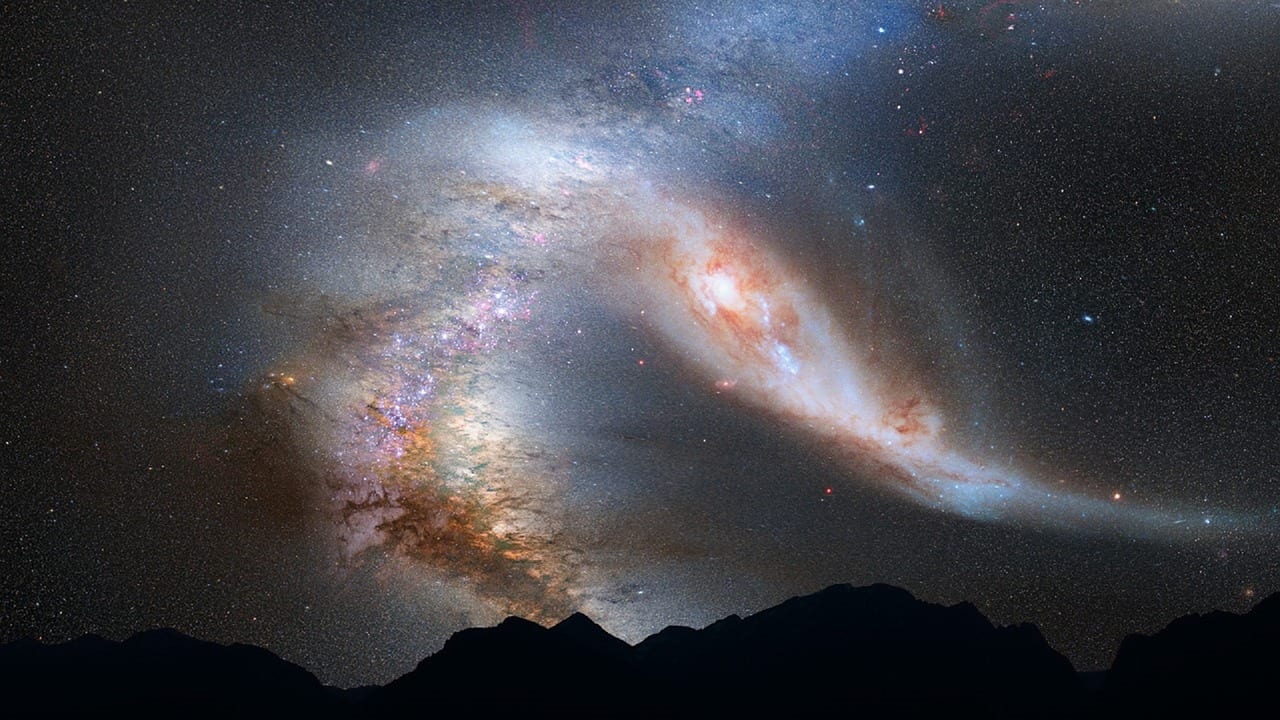Since the dawn of humanity, people have looked towards the stars in wonder. When people finally found ways to safely travel in space, it was a momentous achievement that greatly advanced science in all disciplines and is celebrated internationally by the United Nations.
In April 2011, the United Nations declared April 12 International Day of Human Space Flight, to — according to the United Nations General Assembly resolution — “celebrate each year at the international level, the beginning of the space era for mankind, reaffirming the important contribution of space science and technology in achieving sustainable development goals and increasing the well-being of States and peoples, as well as ensuring the realization of their aspiration to maintain outer space for peaceful purposes.”
The International Day of Human Space Flight marks the day that Yuri Gagarin, a Soviet astronaut, became the first human to travel in space. Gagarin became the first person to go into space after completing a 108 minute orbit in the Vostok 1 spacecraft on April 12, 1961. On May 5, 1961, the first U.S. manned space flight took Alan B. Shepard, Jr. into the suborbital flight, lasting close to 15 and a half minutes. Another flight took place in July of the same year and lasted around the time. Both flights were part of Project Mercury in the 1950’s. It was with the expansion of this project that President Kennedy famously said, “We choose to go to the moon in this decade and do the other things — not because they are easy, but because they are hard.”
According to NASA’s Project Mercury Overview, “These manned space flights were accomplished with complete pilot safety and without change to the basic Mercury concepts. It was shown that man can function ably as a pilot-engineer-experimenter without undesirable reactions or deteriorations of normal body functions for periods up to 34 hours of weightless flight. Directing this large and fast moving project required the development of a management structure and operating mode that satisfied the requirement to mold the many different entities into a workable structure.” Project Mercury lasted up until 1963, and consisted of six missions.
While much has been done in expanding the knowledge of things outside of Earth’s atmosphere in the last several decades, there is still more to be explored.


